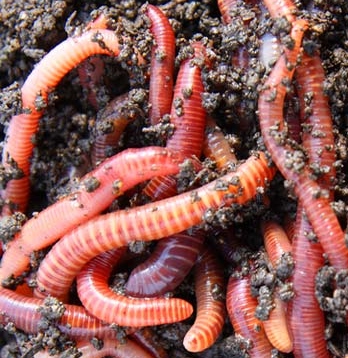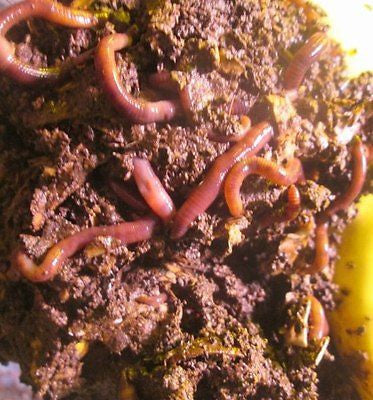Red Wiggler Express for Beginners
Red Wiggler Express for Beginners
Blog Article
All about Red Wiggler Express
Table of ContentsSome Known Facts About Red Wiggler Express.The Facts About Red Wiggler Express UncoveredLittle Known Facts About Red Wiggler Express.The 15-Second Trick For Red Wiggler Express
With the international press for sustainability and with environmentally friendly techniques expanding in appeal, individuals are ultimately coming around and acknowledging the environmental benefits of red wiggler worms and composting. In this article, we'll talk about just how vermicomposting supports lasting horticulture and the ecological advantages of red wigglers and other earthworms.
This is the except it. If you want to review in-depth regarding red shakes, we have a whole short article dedicated to them here. Currently, allow's obtain into the nuts and bolts of just how these worms sustain sustainable horticulture techniques and benefit the setting: Worm composting resembles a spa day for your soil.
When incorporated into your yard soil, these spreadings boost its structure, aeration, and water retention. This aids with plant growth and health and wellness and does not need using any type of chemicals. Did you recognize that natural waste comprises a substantial part of landfill material? And decaying organic waste in land fills creates big amounts of landfill gas (LFG), which is included about 50% carbon dioxide and 50% methane a greenhouse gas roughly 28 even more effective than carbon dioxide.
By diverting your cooking area scraps and lawn waste into a worm composting container, you're efficiently minimizing the quantity of natural waste that ends up in land fills. Fail to remember about chemical plant foods worm castings are the real offer.
Fascination About Red Wiggler Express

Mix the nutrient-rich worm spreadings into your yard dirt or use them as a top dressing for potted plants. In a globe where sustainability is ending up being progressively essential, red wigglers shine as unsung heroes of horticulture.
Composting might look like old news, yet doing it with a bin packed with worms possibly doesn't. Red wiggler worms supply wonderful benefits to the natural gardener, producing both an all-natural fertilizer and an effective chemical. And they eat your kitchen scraps. The worth of red wigglers, a.k (Worm Farms United States).a. Eisenia fetida, depends on their excrement, referred to as worm spreadings.
Worm spreadings may be purchased at shops such as SBS in Vineyard Sanctuary or Vineyard Gardens in West Tisbury, but to increase the worms in a garden compost bed and harvest your very own castings is a lot extra enjoyable. The work of these worms is a component of lasting living. Red wigglers are native to steed manure, where they delve to lay eggs.
Our Red Wiggler Express Statements
(https://issuu.com/rwigglerexnc)They can't make a great deal of it." He covers the bin with straw, then a piece of old rug. "They like the warmth," he states. Lynn describes the manufacturing of spreadings and 2 uses: as a plant food and as a chemical. "They digest deteriorating matter. It travels through them and includes calcium to make this abundant earth," she states.
"We call it golden tea," says Lynn. "I did it to see if it would make a difference on white flies and aphids. My rosemary had a mold and mildew or fungi. After I splashed, right away it looked far better." The red wiggler is a vast breeder, laying eggs as typically as once a week.
It takes three to 5 months for an infant worm to get to sexual maturity and the adult length of 3 inches. Their life period is four to 5 years unless obviously they are utilized for lure. As freshwater fish lure, wigglers wriggle on the hook and survive undersea longer than traditional earthworms.

As one of the Epigeic course of garden compost worms, the usually does not show up in dirts. Rather, it flourishes within the dirts of ground covers, manure, and breaking down vegetation. The worm is red or reddish-brown in color and has a smooth, round form. The clitellum, or saddle-like reproductive gland, is located about two-thirds of the means down the worm's body.
A red wiggler worm can mature to four inches in size however is normally just regarding two and a fifty percent inches. The worm has a little mouth located at the front of its head. It also has small bristles, called setae, which help the worm step and anchor itself to surface areas.

Report this page